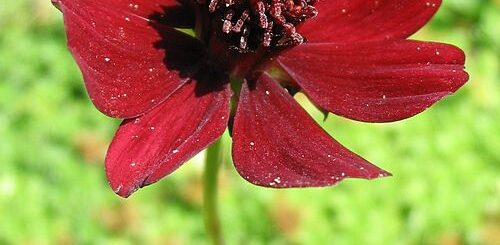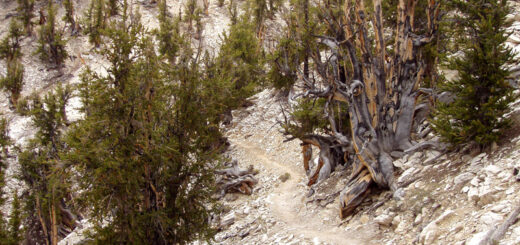Cuckoo Bird – Nature’s Trickster
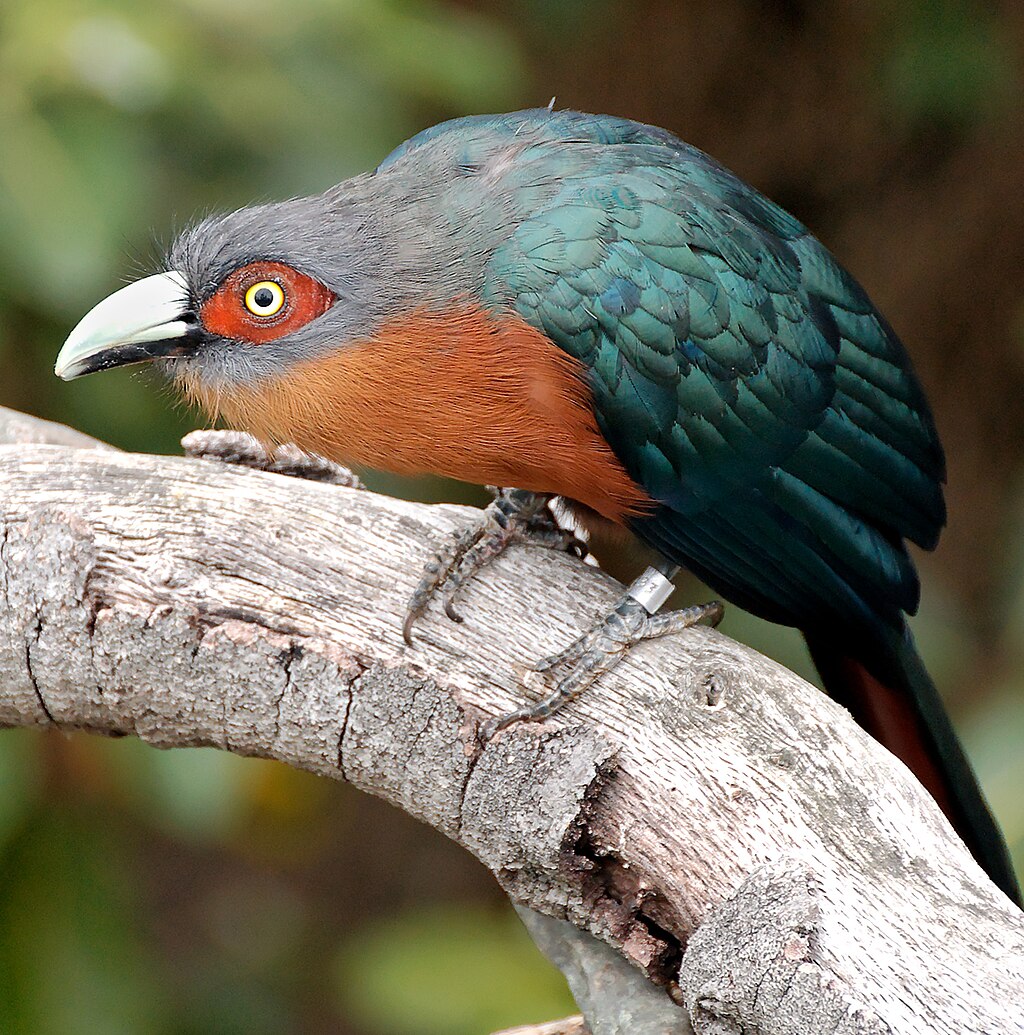
When you think of birds, you might imagine delicate nests, doting parents, and fluffy hatchlings chirping for food. But not all birds follow this wholesome script, enter the cuckoo, nature’s most notorious trickster. With a reputation for deception and a lifestyle that defies avian norms, the cuckoo bird is one of the most fascinating creatures in the bird world.
What Is a Cuckoo Bird?
The term “cuckoo” generally refers to members of the Cuculidae family, a group of birds found all over the world, though they’re especially well-known in Europe, Asia, and Africa. The most famous member is probably the Common Cuckoo (Cuculus canorus), known not just for its distinctive “cu-coo” call but also for its unusual parenting strategy: brood parasitism.
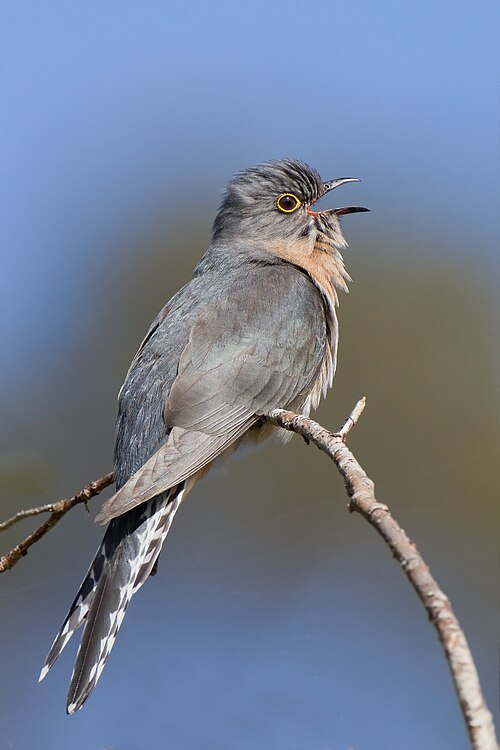
Fan-tailed Cuckoo (Cacomantis flabelliformis), Bruny Island, Tasmania, Australia – Creative Commons | Author: JJ Harrison – Source: https://en.wikipedia.org/wiki/File:Cacomantis_flabelliformis.jpg
The Art of Brood Parasitism
Here’s where things get really interesting. Unlike most birds that build nests and raise their young, cuckoos lay their eggs in other birds nests. That’s right, the cuckoo doesn’t raise its own babies. Instead, it leaves the parenting to unsuspecting foster birds, often much smaller than the chick they end up feeding.
Once a cuckoo lays an egg in another bird’s nest, it often closely mimics the color and pattern of the host’s own eggs to avoid detection. When the cuckoo chick hatches (usually before the others), it instinctively pushes the other eggs or chicks out of the nest. It then monopolizes the attention and food of its adoptive parents, growing rapidly, sometimes even larger than the adult birds feeding it!
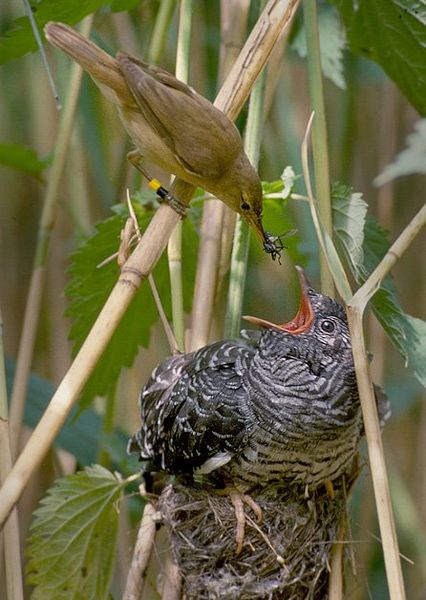
Reed Warbler feeding a Common Cuckoo chick in a nest. Brood parasitism – Creative Commons | Author: Per Harald Olsen – Source: https://commons.wikimedia.org/wiki/File:Reed_warbler_cuckoo.jpg
Why Do Cuckoos Do This?
From an evolutionary standpoint, it makes sense. Brood parasitism allows cuckoos to invest less energy in parenting and more in producing more eggs. While some host species have developed defenses—like recognizing and rejecting foreign eggs, the cuckoo is constantly evolving its strategies in this high-stakes game of survival and deception.

Chestnut-winged Cuckoo in Singapore, Dec 2012, by Wm Lee – Creative Commons | Author: Diplodocus501 – Source: https://commons.wikimedia.org/wiki/File:Chestnut-winged_Cuckoo_in_Singapore,_Dec_2012,_by_William_Lee.jpg
Cuckoo Calls and Clocks
Apart from their parenting antics, cuckoos are also known for their iconic calls, especially in Europe. The male Common Cuckoo’s “cu-coo” call is so distinctive that it inspired the invention of the cuckoo clock, a charming piece of craftsmanship that mimics the sound and even features a tiny cuckoo popping out every hour.
Not All Cuckoos Are Tricksters
While many species in the cuckoo family practice brood parasitism, not all of them do. Some species, especially in the Americas and Asia, do build nests and raise their own young. In fact, cuckoos are an incredibly diverse family, including ground-dwelling species like the roadrunner (yes, the one from the cartoons!) and tree-living types like the beautiful koel.
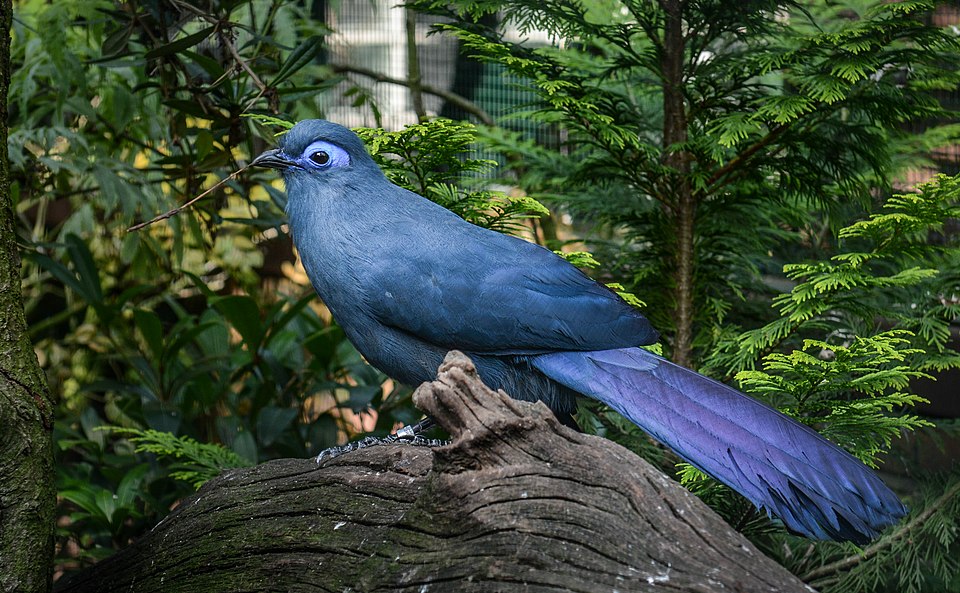
Blue Coua (Coua caerulea) at Weltvogelpark Walsrode (Walsrode Bird Park, Germany) – Creative Commons | Author: Olaf Oliviero Riemer – Source: https://commons.wikimedia.org/wiki/File:Coua_caerulea_(Blauer_Seidenkuckuck_-_Blue_Coua)_-_Weltvogelpark_Walsrode_2013-01.jpg
Love Them or Judge Them
Cuckoo birds are a reminder that nature doesn’t always follow the rules we expect. Their cunning survival strategies, haunting calls, and unique life cycle make them one of the most intriguing birds on the planet. Next time you hear a “cu-coo” echoing through the woods or spot a cuckoo clock, remember there’s a real bird behind the legend, clever, elusive, and endlessly fascinating.
References:
Wikipedia

